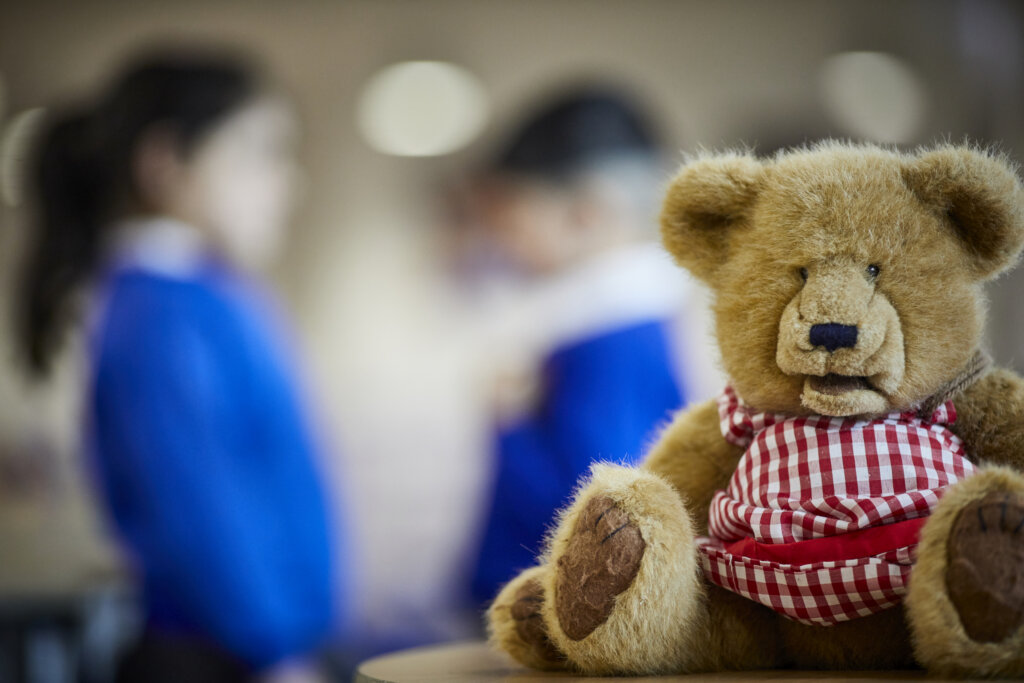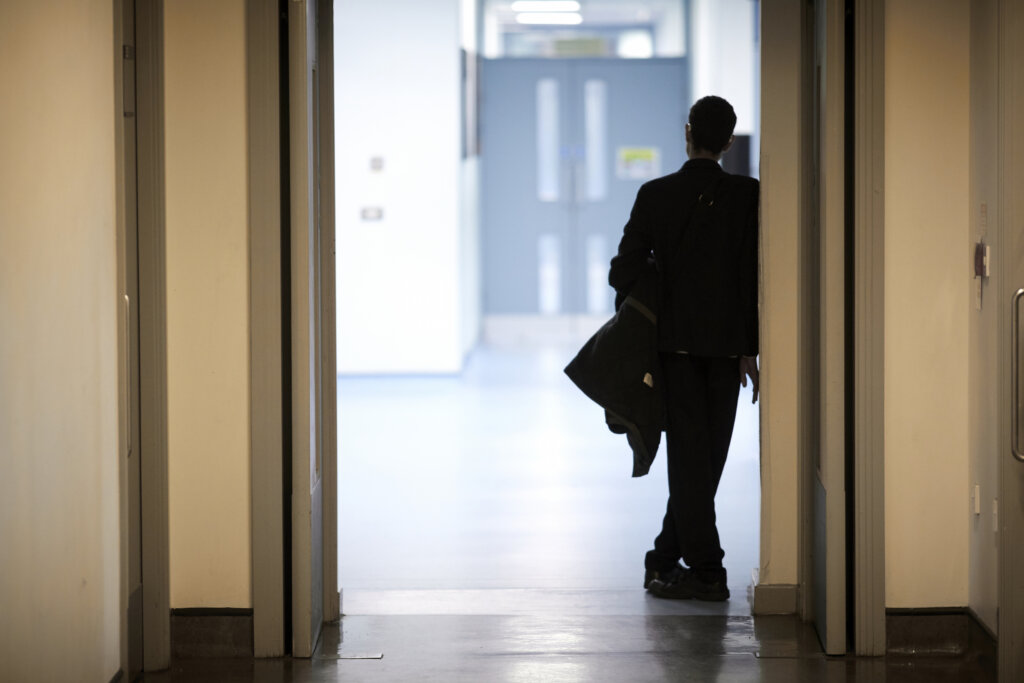Bullying Awareness
As anti-bullying week is upon us, it’s time for your schools to start thinking about how you are going to raise awareness this year of what bullying is, how it occurs and what people can do about it. The idea of this week is to essentially tackle bullying and support those involved.
Schools Roles and Duties Regarding Bullying
Schools have a particularly important role in teaching children that bullying is unacceptable. Schools can provide their pupils with the knowledge and skills to build positive relationships with their peers (2). The NSPCC recommends that young people should be taught about and have conversations about healthy relationships. Luckily, this is part of the changes that are in the new curriculum Sept 2019, regarding sex and relationships, where students should be made aware of how to form positive relationships as well as how to recognise toxic, negative relationships, such as recognising peer on peer abuse.
In addition to this, schools have a duty to prevent bullying within their schools. The Education and Inspection 2006 act requires all schools to have an anti-bullying policy in place. Academies also are required to have an anti bullying policy in place by the Independent School Standards Regulations 2012 (1). Ofsted will hold schools accountable for how they deal with bullying within their schools and will be keen to know how you intervene and prevent bullying incidents (5).
The Prevalence and Impact of Bullying
Bullying consists of either individuals or groups of people who intentionally seek to cause harm on a persistent basis. It can happen at any age, anytime, anywhere and to anyone. We all know that bullying can take form in many different ways and can be physical or verbal.
Are we all aware of the short and long-term effects that bullying can cause, especially on our mental health? Are we able to get to the bottom on bullying?
The Worries of Cyber bullying
Within modern day society and our social media usage, children and young people are more vulnerable to online/cyber bullying. Online bullying can range in its severity, from name calling/leaving out from games to more extreme forms such as setting up fake accounts, revenge porn, and even encouraging self-harm (1).
Because of this access to the online world, bullying can often take place out of school hours, however, this is where contextual safeguarding comes into place. The Department of Education 2017 states that if you aware of bullying occurring outside of the school premise, then your staff still have the responsibility and power to approach and tackle this.
The Signs and Effects of Bullying
When working with children, it is important to be aware of your pupil’s “norms” – that way, when/if anything changes, you are able to easily recognise it. Signs that something may not be right could be a change in appearance or behaviour, a drop in attendance, new friends, a drop in their educational attainment (1).
It’s important to remember that change is often innocent and is a normal process within life, especially within the adolescence, but changes can also mean that something is not right, so it is important to be observant and aware.
Bullying can lead people to becoming depressed, anxious and have an overall lower self esteem1. In more extreme outcomes, bullying can lead to suicidal thoughts and feelings (2). Bullying can also impair educational attainment, by causing pupils to lose their focus and concentration at school, or not attend at all (3).
Preventing Bullying in your Schools
- Create an ethos at your school that emits respect and treating each other kindly
- Get the parents involved – having a good relationship with your pupils parents can allow you to work as a team.
- Make it easy for your pupils to report bullying – communicate with your pupils, ask how they would want to report being bullied and set up a system that works for you and your pupils i.e. an email, a drop in session, a phone call to the office.
- Ensure that your staff are effectively trained on how to spot and deal with bullying incidents
- Support the perpetrator as well as the victim
Supporting the Perpetrator
Ofsted also have a focus on how schools are supporting the perpetrator of bullying as well as the victim. The importance of this, is to remember that in most cases, the reason for bullying another is that they are also in need of help and support themselves.
By tackling bullying with this manner, you are getting to the route of the cause and potentially stopping this person from bullying anyone else in the future.
Understanding the Perpetrator
Most people are aware that bullying is wrong – sometimes the people who are bullying also know that what they are doing is wrong, but they aren’t able to work out themselves why they act like in this manner. There are various reasons why people may find themselves in the position of bullying another, particularly within childhood where there is already struggles of identity and understanding yourself due to hormonal, physical changes and the preparation for adulthood.
Bullying can and does continue into adulthood, but often with the same route causes. For example, people may bully others for their own self-protection, their reputation that they feel they can’t let fall. Are they peer pressured into being a bully? Have they/are they being bullied themselves? How is their home life and their family? How is their mental health? Are they happy?
In order to stop bullying from happening, we need to understand why it is happening in the first place. The important thing is to early intervene, get to the bottom of it and find out why. It’s important to remember that not all people respond to discipline – not everyone is going to stop bullying another because they’ve received a detention or have been suspended, some of these children also need genuine help and support.
Therefore, let’s access why they are bullying in the first place, let’s educate bullies how their actions are impacting on another, and let’s offer support to all parties involved.
References:
- NSPCC 2019 – Protecting and preventing children from bullying and cyber bullying – https://learning.nspcc.org.uk/child-abuse-and-neglect/bullying/#article-top
- Bainbridge, J. Ross, C. and Woodhouse, A. (2017) Inquiry into bullying and harassment in schools: children and young people’s voices and experiences of bullying and harassment in schools (PDF) [Edinburgh]: Children in Scotland.
- Brown, V., Clery, E. and Ferguson, C. (2011) Estimating the prevalence of young people absent from school due to bullying (PDF) [Cambridge]: Red Balloon Learner Centre Group.
- Children’s Commissioner for Wales (Comisiynydd Plant Cymru) (2017) Sam’s story: listening to children and young people’s experiences of bullying in Wales (PDF) Swansea: Children’s Commissioner for Wales.
- Department for Education 2017 – Preventing and Tackling Bullying – https://assets.publishing.service.gov.uk/government/uploads/system/uploads/attachment_data/file/623895/Preventing_and_tackling_bullying_advice.pdf
Please get in touch or visit our Safeguarding section for more information.















